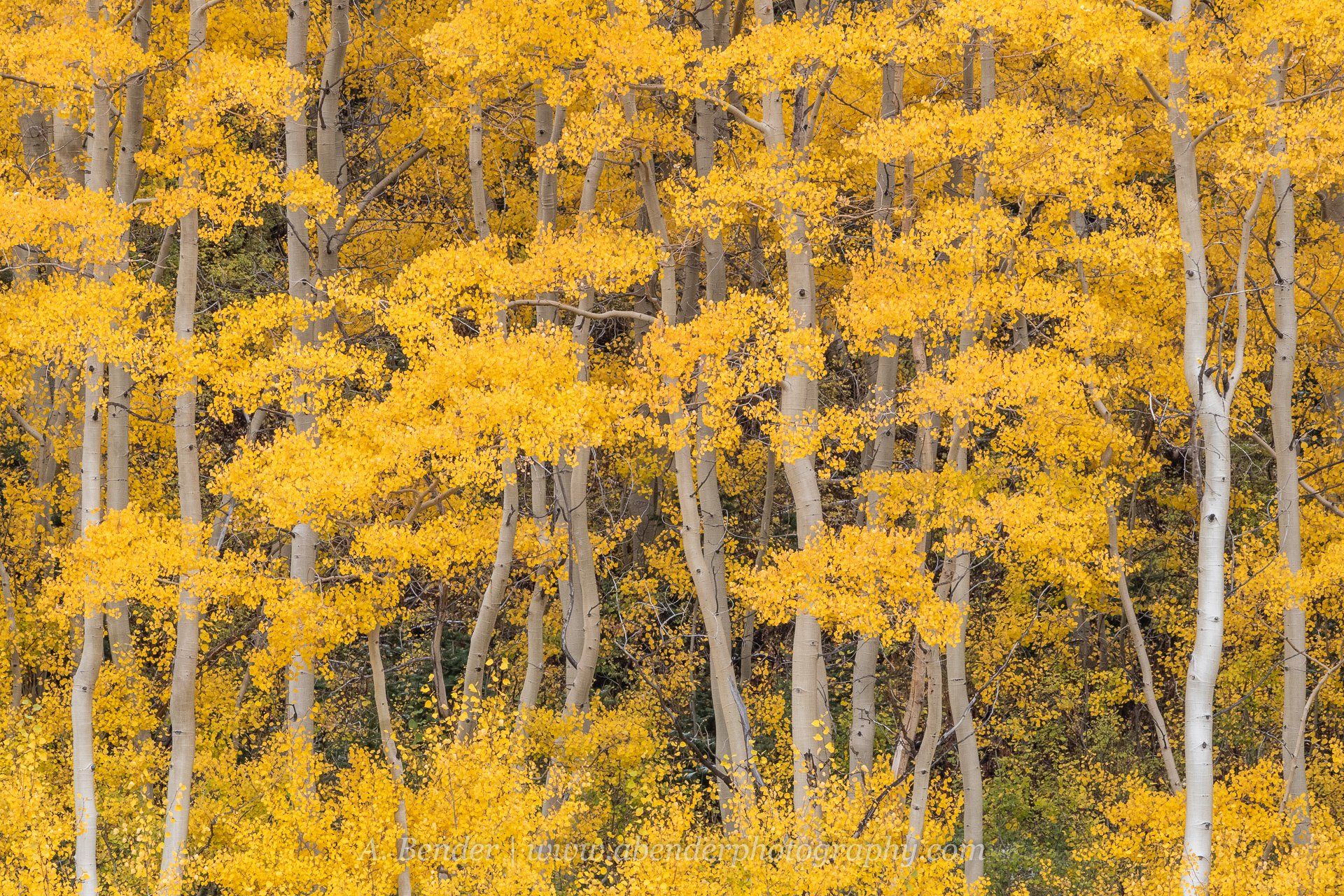A Winter Survival Guide for Photographers
When the temperature drops, our cars sometimes stop working right, our bodies prefer being wrapped in fuzzy blankets by a warm fire and our cameras spend more time on a shelf, especially if we typically do most of our shooting outdoors during the warm months.
But when we spend time inside, we are missing out on some great winter photos. We've got a list here of ways to take advantage of winter and it's photo opportunities, hopefully without getting frostbite!
Shoot with a Macro Lens
If you haven't played around with a macro lens before, macro photography offers unique photo opportunities, especially dealing with weather elements like condensation, ice and snowflakes. Make sure that you aren't blocking your light source so that you don't cast shadows onto your subject. It's also helpful to have a tripod, mini tripod and/or macro focusing rail for your camera so that you can fine tune your distance and focus.
There are various macro lens options out there, both for purchase and rental. Tamron has a great selection of macro lenses, including their 90mm f/2.8 full frame macro lens made in several mount options. Sigma also has their 70mm f.2.8 full frame lens for Sony FE cameras.
Use a Hand Warmer to Keep Your Camera Grip (and
Your Hand!) Warm
The camera body's grip is where the battery to your camera is stored. In cold weather, sometimes the camera battery can get so cold, the camera stops shooting or functioning properly. By taking a disposable hand warmer and cupping it in the hand that grips your camera body, you can often extend the time the camera has before it shuts off from the cold. It won't completely eliminate the possibility of your camera being affected by the cold, but it may be able to delay it, giving you more time to shoot.
Gloves for Your Hands Are a No-Brainer
We call this one a no-brainer because if your hands are cold, chances are you will probably REALLY struggle with using your camera properly! Don't risk frostbite and get yourself a pair of nice, photo gloves, such as the Promaster knit gloves or for extra padding and warmth, the 4 layer gloves. The gloves give you access to your camera buttons and dials too by having retractable tips on the pointer finger and thumb.
Take Pictures at Night
With all of the twinkling lights of the holiday season, night photography in winter can make for some really beautiful, dreamy photographs. Play around with shooting before the sun rises or right after the sun sets. Make sure you have a sturdy tripod so your photos don't come out blurry. Your white balance might be a little off because of the snow, so you may want to adjust your white balance to a different preset, or go with custom white balance.
There are so many photo opportunities that we miss out on in the winter because we may not be prepared or willing to go out in the cold. But if you zip up, grab a pair of gloves and a couple hand warmers and maybe one of those nice heated jackets, you might find yourself really loving the pictures you can get!
More Blog Posts


Useful Links
All Prices, specifications, and images are subject to change without notice. Not responsible for typographical or illustrative errors.
All manufacturer rebates, terms, conditions, and expiration dates are subject to manufacturers printed forms.
Art's Cameras Plus. All Rights Reserved







